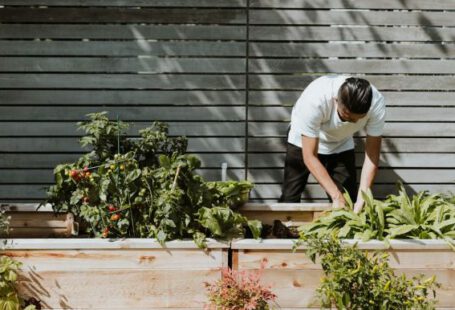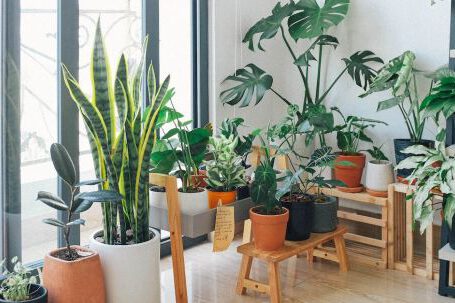Companion planting is a gardening technique that involves growing different plants together to enhance their growth and overall health. This practice is based on the concept that certain plants have the ability to benefit each other when grown in close proximity. By carefully selecting and arranging plants, gardeners can create a harmonious ecosystem that promotes natural pest control, maximizes space utilization, and increases crop yields. In this article, we will explore the basics of companion planting and provide some tips on how to get started.
Enhanced pest control
One of the primary benefits of companion planting is its ability to naturally control pests. Certain plant combinations have been found to repel or deter common garden pests, reducing the need for harmful chemical pesticides. For example, planting marigolds alongside tomatoes can repel nematodes and other soil-dwelling pests. Similarly, interplanting basil with tomatoes can help deter aphids and whiteflies. By strategically using companion plants, gardeners can create a natural defense system for their crops, reducing the risk of infestation and promoting a healthier garden ecosystem.
Improved nutrient uptake
Companion planting can also enhance nutrient uptake for plants. Some plants have the ability to fix atmospheric nitrogen and make it available to neighboring plants. This is particularly beneficial for nitrogen-hungry crops like corn and leafy greens. For example, growing legumes such as beans or peas alongside corn can provide a natural source of nitrogen, reducing the need for synthetic fertilizers. Additionally, certain plants have deep taproots that can help break up compacted soil, allowing other plants to access nutrients more easily. By carefully selecting companion plants that have complementary nutrient requirements, gardeners can create a balanced and self-sustaining garden ecosystem.
Maximized space utilization
Another advantage of companion planting is its ability to maximize space utilization in the garden. By interplanting different crops with varying growth habits, gardeners can make the most of limited space. For example, tall plants like corn or sunflowers can provide shade and support for climbing plants like beans or cucumbers. This technique, known as vertical gardening, allows gardeners to grow more crops in a smaller footprint. Additionally, companion plants can help suppress weeds by shading the soil and preventing weed germination. This reduces the need for manual weeding and saves time and effort in the garden.
Getting started with companion planting
If you’re interested in trying companion planting in your garden, here are some tips to get you started:
1. Research plant combinations: Before planting, do some research to find out which plants make good companions and which ones should be kept apart. Some plants may compete for resources or attract the same pests, so it’s important to choose compatible combinations.
2. Plan your garden layout: Take into consideration the growth habits and spacing requirements of each plant. Arrange your garden beds to optimize space utilization and ensure that each plant has enough room to grow.
3. Rotate your crops: To prevent the buildup of pests and diseases, practice crop rotation by changing the location of your plants each season. This will help maintain a healthy garden ecosystem and reduce the risk of crop failure.
4. Monitor your garden: Keep an eye on your plants for any signs of pests or diseases. Early detection is key to preventing outbreaks and minimizing damage. If necessary, take action by removing affected plants or using organic pest control methods.
Conclusion
Companion planting is a sustainable and environmentally friendly gardening technique that offers numerous benefits. By carefully selecting and arranging plants, gardeners can enhance pest control, improve nutrient uptake, and maximize space utilization. Whether you’re a beginner gardener or an experienced green thumb, companion planting is worth exploring. So why not give it a try and create a thriving garden ecosystem in your backyard? Happy planting!





